
views
Preparing Complete Proteins
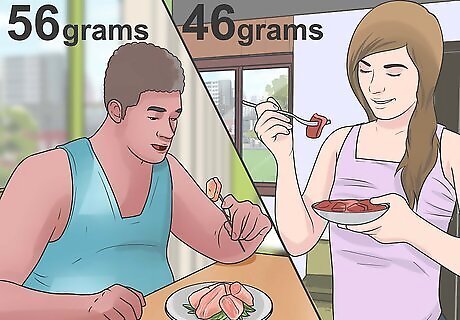
Consume adequate amounts of protein daily. In general, women need to consume around 46 g daily and men need to consume around 56 g daily. Keep track of your protein intake throughout the day. You can use a journal or food tracker app on your phone to see how much more you need to eat as you progress through the day. Some people may need more protein than others. If you're performing moderate to intense exercise for more than 45 minutes daily or trying to lose weight, the total amount of protein you should consume maybe be greater.

Combine the right types of foods. Combining certain plant-based proteins will give you a complete protein. Aim to consume a variety of whole grains, nuts and legumes – these foods together will provide all the essential amino acids your body needs to make a complete protein. Combine legumes and whole grains for a complete protein. Examples include: rice and beans, lentils and barley, bulgur with beans or peanut butter on 100% whole wheat bread. Combing legumes with nuts and seeds also provides a complete protein.
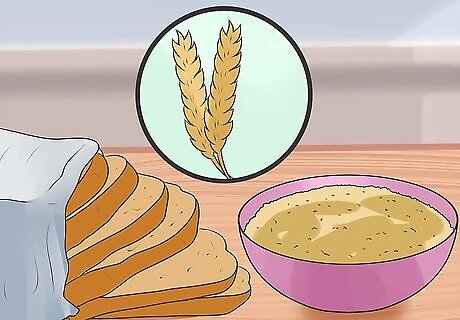
Eat 100% whole grains. Whole grains provide an essential component to preparing complete proteins. Include a variety of whole grains each week to ensure you're eating a diverse diet. Eating 100% whole grains increases your chances of getting complete proteins in your diet. Whole grains are unprocessed and contain all the parts of the grain – the germ, endosperm and bran. They are typically higher in nutrients like fiber and protein compared to processed grains like white flour or white rice. Examples of whole grains include: oats or oatmeal, 100% whole wheat pasta, bulgur, buckwheat, millet, quinoa or brown rice.
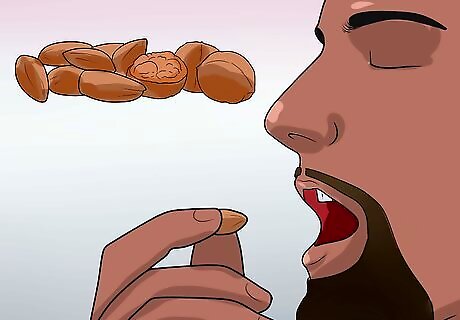
Eat a variety of nuts and legumes. Other key food groups that make up complete protein are legumes and nuts. Again, choose a variety to eat each week. Examples of legumes include: beans, lentils, peanuts and peas. Examples of nuts/seeds includes: walnuts, almonds, cashews, pumpkin seeds, sesame seeds, pistachios or pecans. Nuts are also a great source of healthy fats. This is important to consider especially if you're following a vegetarian or vegan diet and have a limited intake of some healthy fats.
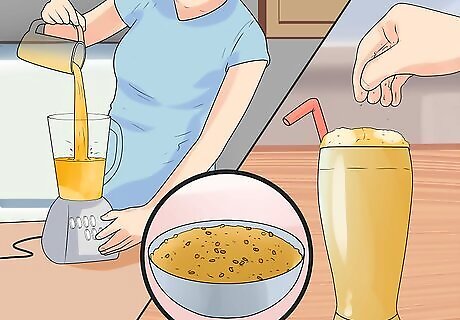
Include plant-based proteins that are complete proteins. There are a few plant-based proteins that are already considered a complete protein. Soy, quinoa, hemp seeds or buckwheat are great sources of complete proteins. Keep cooked quinoa or buckwheat in your refrigerator or freezer for a quick grain side dish or the base of your main dish. Hemp seeds can be added to smoothies, sprinkled on salads or added to your morning yogurt. They also are a good source of healthy fats.
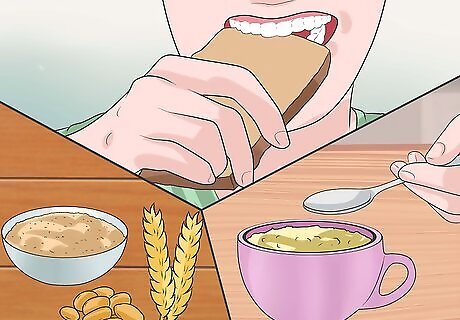
Consume a variety of legumes and grains throughout the day. It was once thought that you needed to consume a whole grain and legume at each meal in order to benefit from a complete protein. Studies have now shown that as you long as you consume both foods throughout the day, your body will be able to obtain all the amino acids needed. Food journals, apps or meal plans can help you see how you can include a variety of plant-based proteins throughout the day. Keep track to make sure you include a wide variety of proteins. Legumes are a cornerstone of a vegetarian or vegan diet due to the lack of animal proteins consumed.

Design a meal plan. A well-thought-out meal plan will help make sure you're eating a healthful, protein rich diet each day. When food choices are limited, you need to take extra care to ensure you are not falling short. This is especially useful if you're busy and don't have time to consider each protein source you consume each day. Take an hour or two during your free time and develop a weekly meal plan. Make sure you account for complete proteins and include a wide variety of plant-based proteins each day. Write up the corresponding grocery list to your meal plan so you have a list ready-to-go and you buy only what you need in the store.
Incorporating Other Sources of Protein
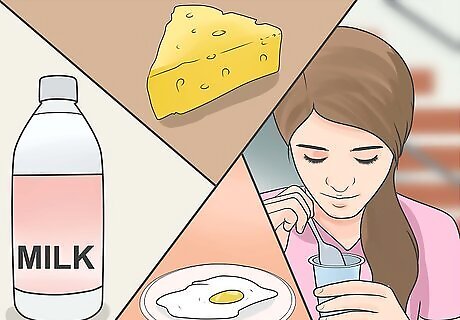
Include dairy and eggs. Dairy products and eggs are both considered complete proteins. If you are a vegetarian and consume these types of animal products, they are an easy way to add healthful complete protein to your diet and significantly improve your overall protein consumption. Incorporate a wide variety of dairy products – cheese, yogurt, milk and cottage cheese are all fairly high in protein. Plus they contain other beneficial nutrients like calcium and potassium. Eggs are not only a great source of complete protein, but also contain healthy fats and essential minerals to your diet. Try eggs for breakfast or hard boil a few for a quick afternoon snack.
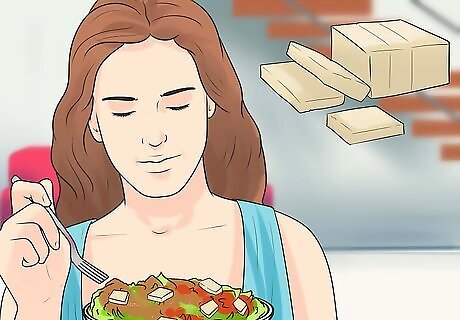
Cook with soy-based products. Tofu, tempeh and even seitan are also considered complete proteins. They are slightly less processed than meat substitutes but make for a satisfying, protein-rich option. Tofu, tempeh and seitan can be daunting to prepare. Research recipes and tips online or in cookbooks for how to cook these unique ingredients. Try multiple recipes that use tofu or tempeh. You may not like it at first, but after you try it prepared a few different ways, you may find a few recipes you enjoy.
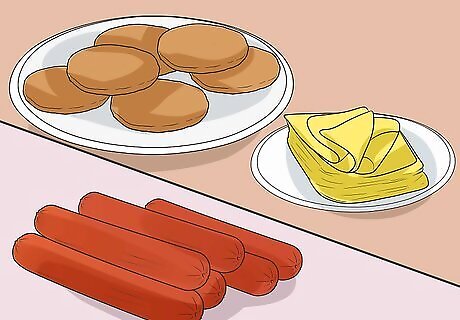
Purchase and sample meat substitutes. Many companies sell meat substitutes made with TVP (textured vegetable protein). Items can include hotdogs, deli meat, cheese, burgers, chicken nuggets and even bacon. Sample a few meat substitutes. There are a variety of brands and they can be a quick and easy meat replacement. Remember, these foods are generally highly processed in order to resemble and taste like meat. If you're trying to avoid processed foods or are maintaining a whole foods diet, it would be better to minimize these types of products in your diet.
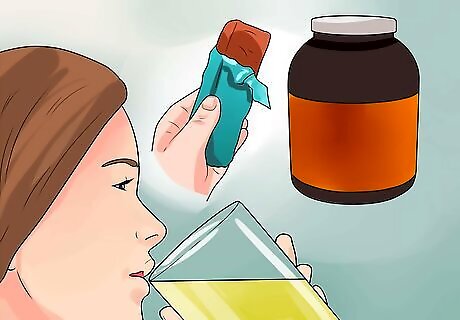
Taste test some protein supplements. Not everyone has the time for a complete meal with adequate protein. Protein supplements come in the form of protein bars and shakes and can add adequate amounts of protein to your diet (especially if you're in a pinch). Choose a supplement that has an adequate amount of protein. Most bars should have at least 10 g of protein while most protein shakes should have at least 15-20 g of protein. There are hundreds of brands of protein supplements. Buy individual samples or bars to try before buying larger quantities. Ensure to find a supplement that fits in with your overall diet plan. If you're trying to lose or maintain your weight, you might want to find a lower calorie supplement.
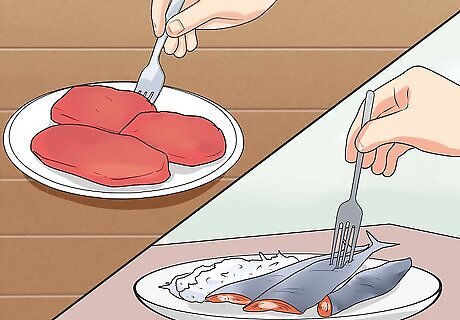
Consume meat products occasionally. If you're not following a strict vegetarian or vegan diet, you may want to consider adding in meat products like poultry, red meat, fish/shellfish or pork to your diet. Meat products are wonderful sources of protein. They contain very high amounts of protein and are always 100% complete protein sources. In addition, these types of animal products have high amounts of iron, b vitamins and other nutrients that are essential to a healthy diet.
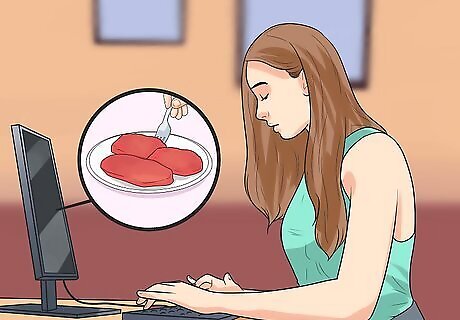
Purchase resources about complete proteins. Check out a library book or online resources and educate yourself about proteins and amino acids. This will prepare you for understanding how to choose different foods to include in your diet. A complete protein contains all of 9 essential amino acids which include histidine, isoleucine, leucine, lysine, methionine, phenylalanine, threonine, tryptophan and valine. The body cannot make these so they must be supplemented through diet. Learn about different combinations of foods that will provide all of the essential amino acids each day. Consider purchasing cookbooks or following online blogs for recipes that are designed to give you complete proteins.
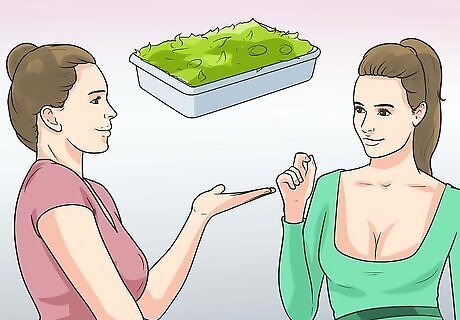
Talk with vegetarian or vegan friends or family members. Many times, people who have followed a vegetarian or vegan diet for long periods of time are well-versed in complete proteins and can give you some good advice. Ask for recipes they enjoy that include complete proteins. Talk about what struggles you have or what you may not understand and ask for tips and advice.
















Comments
0 comment